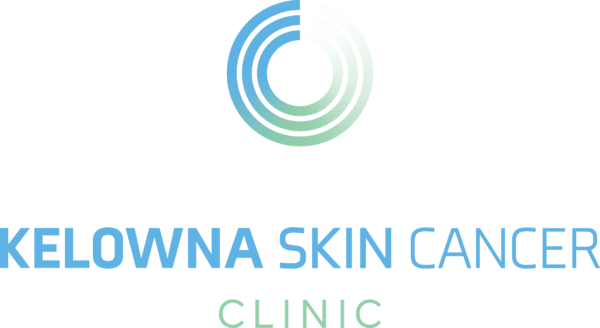RISK FACTORS
Understanding the risk of skin cancer.
UV radiation is one of the main contributors to skin cancer, so understanding how it affects your skin can help you take steps to protect yourself. You can still enjoy your favourite outdoor activities if you follow a few simple habits that help lower your risk.

Exploring the relationship between UV radiation and skin cancer.
UV radiation is a form of energy from the sun, but it can also come from artificial sources such as tanning beds. UV rays have a shorter wavelength than visible light, which means you can’t see them, but your skin can still be affected. This radiation can damage skin cells directly by harming their DNA, or indirectly by weakening the immune system that helps identify and remove abnormal cells.
Some types of UV rays can increase your risk of skin cancer. Knowing the difference can help you protect yourself
UV rays and radiation types.
Ultraviolet A (UVA) has a longer wavelength and less energy than UVB. It contributes to premature skin aging and can indirectly damage DNA. UVA is mainly linked to long-term skin changes, such as wrinkles.
Ultraviolet B (UVB) has more energy and a shorter wavelength. UVB rays can cause sunburns and directly damage DNA in skin cells. Most skin cancers are linked to UVB exposure.
Ultraviolet C (UVC) does not reach the Earth’s surface and does not pose a concern for skin damage.
UV exposure can also come from artificial sources, including:
- Sunlamps and tanning beds
- UV therapy
- Mercury vapour lamps
- Black-light lamps
- High-pressure xenon-mercury lamps, xenon arc lamps, welding arcs, and plasma torches
UV radiation is a known cause of basal cell carcinoma (BCC) and squamous cell carcinoma (SCC), which tend to develop on sun-exposed areas. These cancers are common but are often treatable when detected early.
Many skin cancer risk factors stem from exposure.
Melanoma, the most serious form of skin cancer, can develop through a combination of genetic predisposition and UV light damage. UV rays can lead to changes in DNA, which may contribute to tumour development. UV exposure can also lead to other health concerns, including:
- Premature aging of the skin
- Visible sun damage such as leathery skin, wrinkles, actinic keratosis, “liver spots” (solar lentigines), and solar elastosis
- Eye issues, including inflamed or damaged corneas, cataracts, and pterygium
- A weakened or suppressed immune system
Understanding your skin type with the Fitzpatrick chart.
The Fitzpatrick chart categorizes skin types based on how they typically react to UV exposure. It is often used to understand sun sensitivity, ranging from the most UV-sensitive skin types to those that burn less easily.
Fitzpatrick Skin Type 1
People with this skin type often have red or blonde hair, very fair skin, and blue or green eyes. They burn easily and do not tan.
Fitzpatrick Skin Type 2
This skin type includes individuals with fair skin, blonde hair, and light-coloured eyes. They burn easily and tan minimally.
Fitzpatrick Skin Type 3
People in this category often have beige or light brown skin and light brown hair. They may burn at first but can develop a tan afterward.
Fitzpatrick Skin Type 4
This type includes individuals with light to medium brown skin and dark hair. They tan more easily and burn less often.
Fitzpatrick Skin Type 5
People with this type have medium to dark brown skin and brown or black hair. They tan easily and rarely burn.
Fitzpatrick Skin Type 6
This skin type includes individuals with dark brown to black skin and dark hair. They tan easily and typically do not burn.
Protect yourself from UV rays.
Protecting your skin from the sun’s UV rays, and from artificial UV sources, is important for several reasons:
- UV radiation can damage the genetic material in the skin’s outer layer
- The sun’s strength stays relatively consistent during daytime hours year-round
- Cloud cover doesn’t block UV rays; they can pass through clouds and even windows
- UV exposure can lead to sunburns, tanning, and blistering
Even with these risks, you can still enjoy outdoor activities. Taking simple steps to protect your skin can help reduce UV-related damage.
